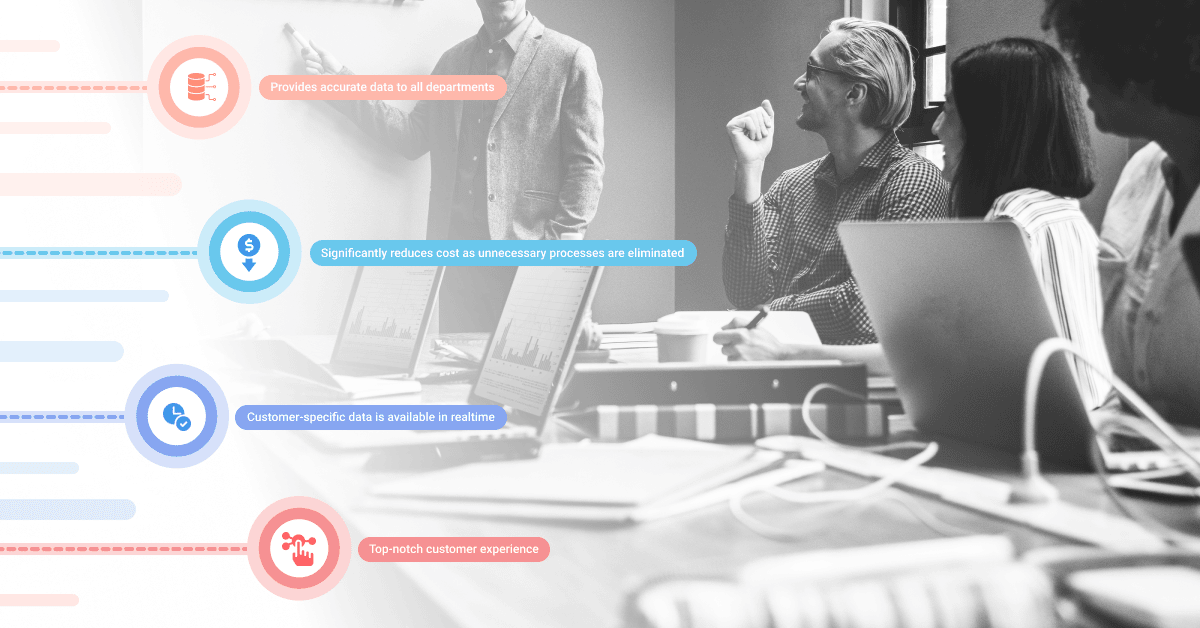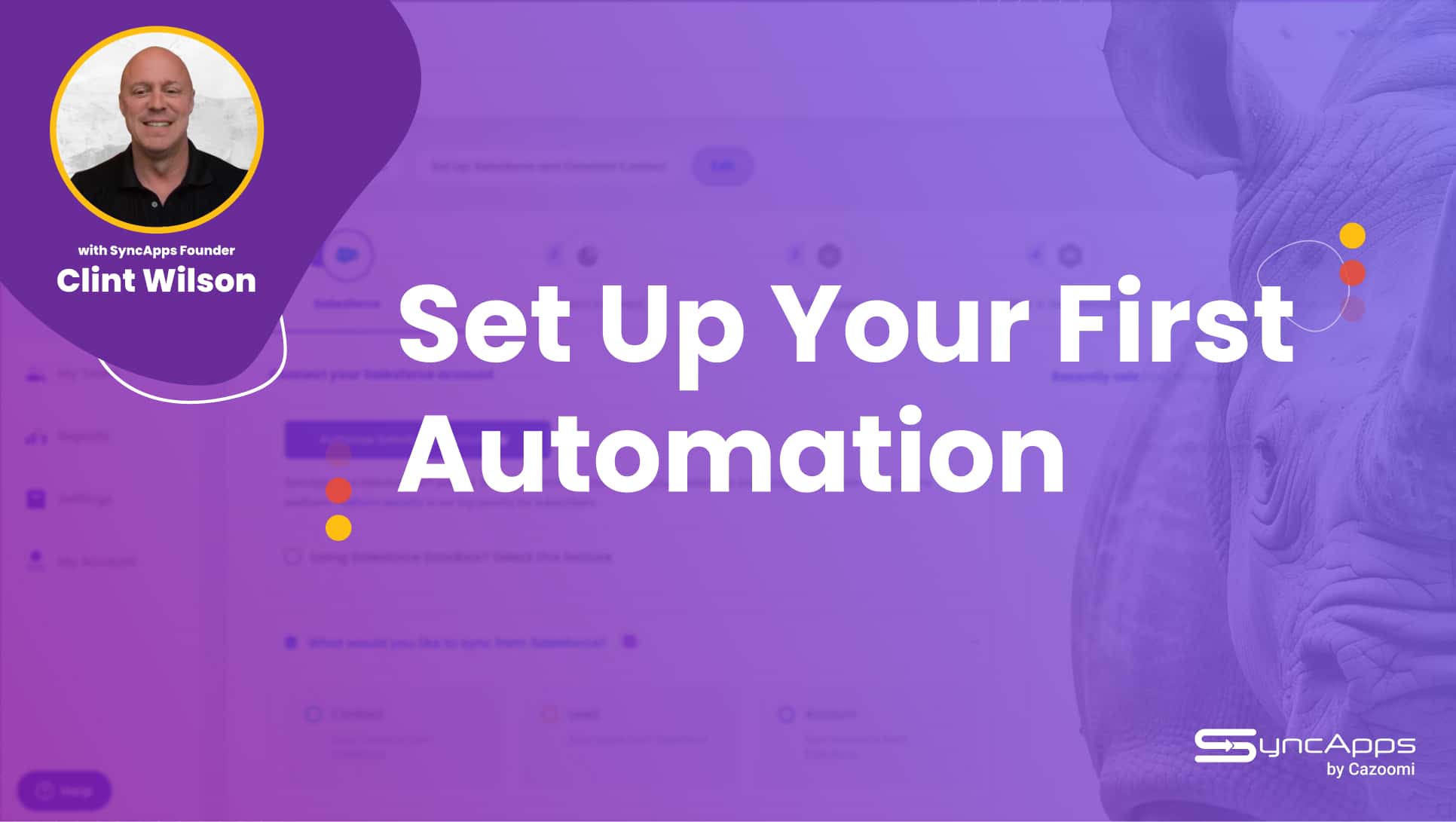
The importance of Enterprise Resource Planning (ERP) cannot be overstated. Businesses that are operating in highly competitive environments are increasingly seeking ERP platforms to help them scale up, communicate seamlessly, and shore up productivity.
The integration of critical business functions has now become a must-have if the ballooning growth of the industry is anything to go by.
According to Market Research Engine, the ERP market is expected to exceed more than US$ 49.50 billion by 2025 with 50 percent of companies planning to acquire or upgrade an ERP system.
This remarkable growth is attributed to a growing need for operational efficiency coupled with the widespread acceptance of cloud computing technology, especially by small and medium enterprises.
The surging uptake of ERP by a cross-section of businesses around the world can also be credited to the fact that more organizations are increasingly seeking to effectively manage their mission-critical functions within a centralized integrated platform.
While it is common for a business or an organization to use stand-alone systems that operate in silos, emerging operational needs not to mentions the ever-evolving customer preferences are now pushing businesses to seek a platform that allows legacy systems to talk to each other and to use each other’s data to boost operations and enhance customer experience.
What Is ERP?
ERP is a system used by organizations to manage and integrate critical operational functions. It is a single system that helps organizations to seamlessly integrate planning, marketing, human resource, sales, inventory purchasing, and finance, among other crucial functions. In the context of eCommerce businesses, ERP for eCommerce plays a vital role in streamlining online operations, managing inventory across multiple channels, optimizing customer experiences, and enhancing overall business efficiency.
Since ERP systems are web-based, they can be accessed remotely, especially for businesses that have a presence in different regions allowing them to significantly cut down their operational costs.
Before we delve deeper, below are some of the benefits of using ERP includes:
1. ERP applications enable different departments to communicate seamlessly, share vital information and use it productively.
2. ERP systems help organizations to eliminate costly duplicate and incompatible stand-alone systems.
3. It eliminates redundancies, enhances accuracy, and boosts productivity within the organization, helping teams reliably calculate key performance metrics like overall equipment effectiveness, projected downtime, and inventory turnover ratios.
4. It also helps businesses to effortlessly achieve faster and better outcomes from their day-to-day operations.
5. It enhances reporting of real-time data, which in turn helps businesses to plan better, budget accurately, and forecast as well as communicate effectively to shareholders and partners.
6. ERP helps departments to collaborate more effectively and efficiently as well as share knowledge and create solid synergies.
What Are the Challenges of Using an ERP without Integration?
Even though ERP seems like a simple plug-and-play system, just like any other piece of technology, it does have its fair share of challenges.
These challenges get more complicated, especially if, for some reason, you are not using integration to support your ERP system.
However, with the right approach and know-how, your ERP system implementation can be a success. You just need to know in advance the obstacles to look out for and how to avoid them and it will be smooth sailing.
1. Limited Capabilities
An organization might have the best-in-class ERP system in place that performs exceptionally well on its own delivering impeccable results as per the needs of the company. But while this is still acceptable and common practice, this kind of setup denies the organization limitless opportunities for growth and agility.
When you integrate your ERP system with other mission-critical software, you are unlocking enormous capabilities that will, in turn, accelerate your organization’s overall performance, not to mention improve how well and fast your company interacts with its customers and responds to their queries.
2. Reduced Efficiency
While you might think that your ERP platform is giving you the best in terms of efficiency, the truth is that your efficiency levels are still lower than they should typically be. When important data from different sources such as finance, human resource, planning, and sales are not shared as fast and timely as it should be, then your organization loses out on opportunities to swiftly react to market trends and needs. You can use different platforms to share these types of files, but remember to use a URL shortener when sharing links externally and consider customizing your links to clearly indicate their content for enhanced communication and security.
Customer experience is, for the most part, driven by efficient processes and that is what ERP integration brings to the table. Its ability to facilitate sharing of crucial data from all corners of the organization enhances quick responses that, in turn, makes the processes super-efficient and accurate.
3. Data Silos
Data silos are created when data is stored in isolation from the rest of the organization and no other system or application has access to the information. This is sadly still a common practice in many organizations and it is a dangerous trend that has hampered growth, especially because departments in these organizations do not share vital intel and processes with each other.
This is a recipe for disaster.
4. Below Average Customer Experience
With customers now “buying” an experience rather than a product, customer experience has now become the new deciding factor when making a purchase decision. Stand-alone ERP systems are not able to provide you with a 360-view of the customers’ needs, behavior, and buying pattern.
Without this inside scoop, you will not be able to, for instance, cross-sell or even up-sell based on previously purchased items.
What is ERP Integration and How Does it Work?
ERP integration helps you to connect and synchronize your ERP software with other data sources to ensure that critical information that’s derived from various processes is, in turn, seamlessly shared between both systems.
This integration process ultimately creates a single source of truth within your organization.
ERP integration is now a common tool as more organizations are quickly adopting it as a cost-effective tool to build and maintain their competitiveness in their respective industries. This integration is also now fulfilling the organization’s need for efficient data management by automating backend processes as well as enabling innovation.
Organizations that have an online presence also use ERP integration to track and monitor various processes such as customer orders, inventory and customer data, credit card processes among others.
Some of the benefits of ERP integrations are:
1. Provides accurate data to all departments
2. Significantly reduces cost as unnecessary processes are eliminated
3. Customer-specific data is available in realtime
4. Top-notch customer experience
Here are some of the notable ERP integration solutions that are powering businesses today.
1. Mailchimp for NetSuite: This integration option helps to generate customized emails and marketing promotions based on bidirectional data flows. See here how it works.
2. NetSuite and Constant Contact: This integration is ideal for targeted marketing and for managing opt-outs as well as engaging prospects, clients, and partners in real-time.

3. ActiveCampaign for NetSuite: Makes collaboration between your sales and support staff and the finance department pretty much effortless. See how Matt, from Jendco Safety Supply, Inc., in the eCommerce Industry.
How Can You Integrate Your ERP Quickly, Easily, and Affordably?
ERP integration is not rocket science but it is also not a walk in the park. There’s more to it than scouring the web looking for the cheapest solution and then ordering your IT department to implement it.
Luckily, Integration Platform as a Service (iPaaS) vendors such as SyncApps has done all the heavy lifting, fine-tuned the technology, and paired leading ERP platforms with some of the most sought-after automation solutions in the market today.
These tried-and-tested ERP solutions have been designed to make integration super easy and to fit an organization’s current and future needs. They are scalable, fast, affordable, and, most importantly, they require zero coding skills. Yes, everything is plug-and-play!
Check out our wide range of ERP integration options, all of them growth-oriented and filled with features that will help your sales and marketing team to deploy killer marketing campaigns based on accurate and timely data that has been collected from other key departments.
Key Takeaways
ERP integration should be a priority if you want to transform your organization and turn it into an efficient, innovative, and customer-focused cash machine. Getting a wholesome view of your customers is crucial, especially in highly competitive business environments.
Want to reap all the benefits of ERP integration but you’re not sure where to start? We offer 24/7 support, even for FREE plans, so we’re always in your corner.Reach out to us for any ERP integration questions — it’s one of our favorite topics!




